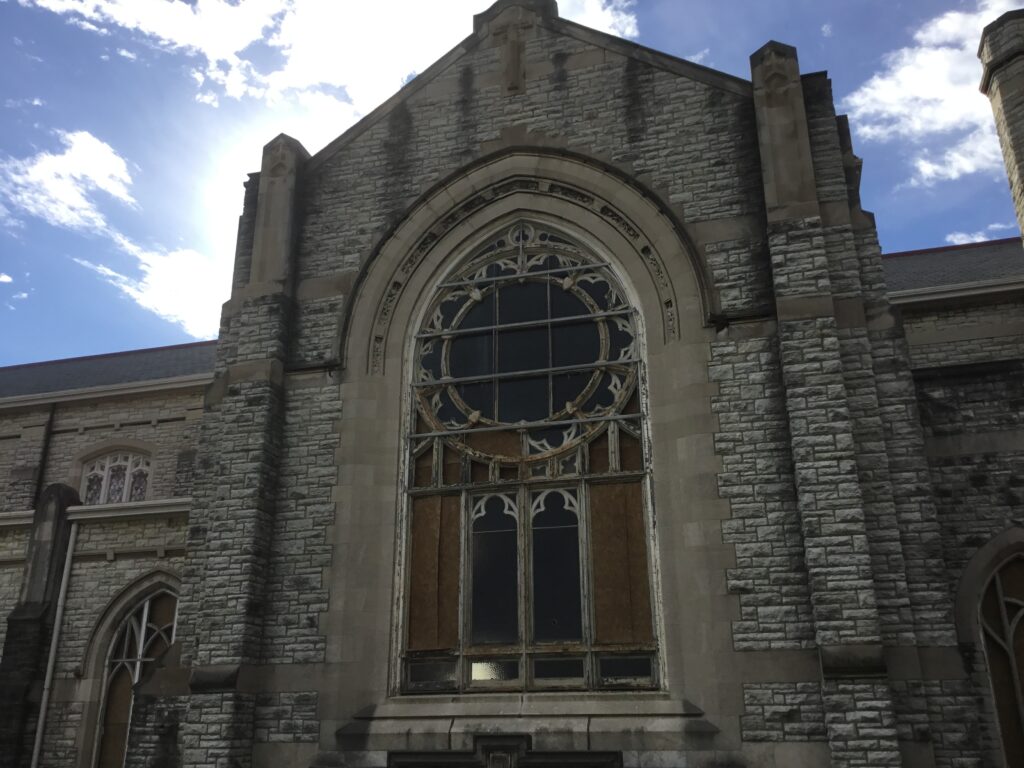I’m thrilled to reconnect with you about a project that holds immense historical and cultural significance—the salvage of St. Andrews Church. This architectural gem, a product of Samuel Hannaford and Sons’ ingenuity, stands tall as a beacon of Gothic Revival design.
Constructed painstakingly over a four-year period from 1917 to 1921, this awe-inspiring structure is crafted primarily from Dayton Limestone and fieldstone, lending it a timeless and majestic aura. The finesse extends to the window surrounds, where an oolithic fine-grained limestone enhances the building’s intricate beauty.


In the process of salvaging this treasure, I meticulously separated the corners from the straight faces, even encountering unique 45-degree corners that added to the building’s architectural allure. Inside, the walls boasted the sturdy craftsmanship of Baltimore Brick Company’s bricks, approximately 70,000 of which I’ve carefully preserved.
The patina white, grey, and creamy tones of the Dayton limestone and fieldstone veneer showcase exquisitely dressed faces, inviting admiration for their artistry. Even the quarries that birthed these stones, sadly, have closed, underscoring the rarity and historical significance of this salvage effort.

Additionally, I possess the rubble that once laid behind the veneer—a grey material that, while rougher in texture, carries its own unique story. This infill material, with its heavier mud-smeared faces and larger mortar joints, provides a contrasting yet complementary facet to the finely dressed veneer.
The weight of history rests upon this salvage effort—I hold approximately 800 tons of this invaluable material. It’s not merely a collection of stones and bricks but a tangible piece of our past, representing craftsmanship, artistry, and a testament to an era long gone. St. Andrews Church is not just a structure; it’s a piece of history waiting to be cherished and preserved for generations to come.



